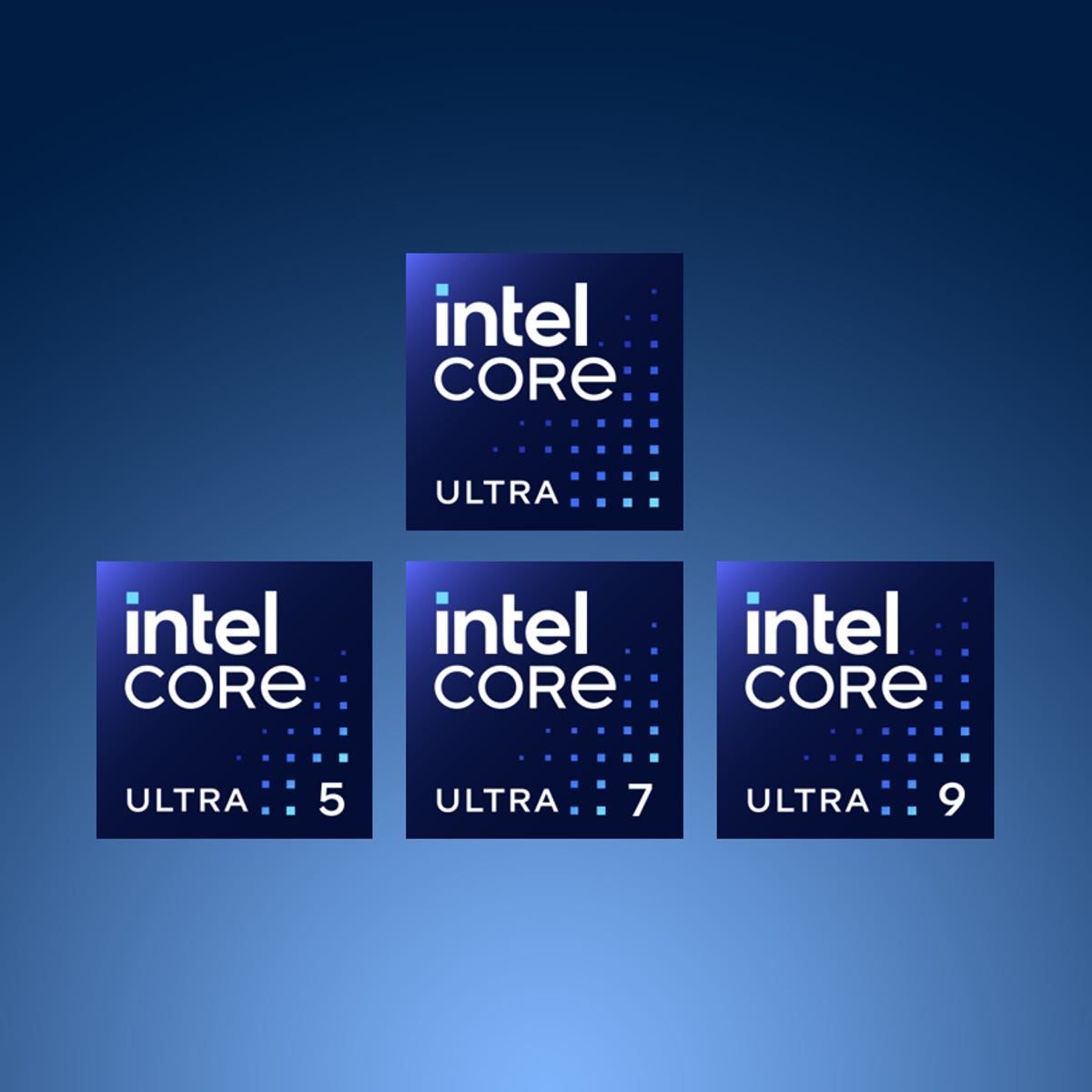In 2023, Intel’s anticipated plans for the LGA-1851 socket didn’t come to fruition as expected. The much-anticipated launch of the Meteor Lake-S desktop CPU series was put on hold as Intel shifted its focus to the mobile segment. This strategic decision led to the discontinuation of the “S” series. However, Intel didn’t entirely discard the concept of introducing the architecture to desktops.

The Debut of the First Official LGA-1851 Processor
Intel has recently unveiled its Meteor Lake-PS architecture, specifically designed for edge systems. This launch marks the debut of the first Core Ultra processor on an LGA socket, specifically the LGA-1851. While Meteor Lake is indeed being launched for this socket, its primary focus is not on gamers and enthusiasts.
The attached image provides detailed specifications of Intel Core Ultra Processor SKUs (HL Series, 45W base power), providing insights into their various features and configurations, which is relevant for understanding the performance and application of these processors.
Powering AI-Enabled Edge Devices
Intel is marketing the ‘PS series of Core Ultra processors’ as a solution designed to power AI-enabled edge devices. These chips are aimed at enhancing the capabilities of edge systems that require AI acceleration, media processing, and visual computing. Notably, Meteor Lake CPUs come with integrated Arc graphics.
The new socketed system-on-chip (SOC) is engineered to enable generative AI (GenAI) and demanding graphics workloads at the edge for various sectors including retail, education, smart cities, and industrial customers. This includes GenAI-enabled kiosks, smart point-of-sale systems in physical retailers, interactive whiteboards for enhanced classroom experiences, and AI vision-enhanced industrial devices for manufacturing and roadside units.
Flexibility and Compatibility
Intel has disclosed details about the default TDP class for Meteor Lake-PS, which stands at 45W. However, customers will have the flexibility to configure SKUs within a range of 20 to 65W. Additionally, a low-power version with a 15W rating (12-28W configurable TDP) is available, denoted by HL and UL series. These variants are essentially derived from H and U chips found in the mobile segment but packaged for desktop use on the LGA platform.
Although there’s mention of a Core Ultra 3 processor, the lineup appears to lack Core Ultra 9 SKUs. The attached image provides detailed specifications of Intel Core Ultra Processor SKUs (UL Series, 15W base power), showcasing various specifications like processor number, cores, threads, cache size, max turbo frequency, and other technical details. This information is relevant for understanding the performance and application of these processors.
Looking Ahead
The LGA-1851 socket, designed for desktops, supports DDR5-5600 memory and can accommodate up to two PCIe Gen4 SSDs. Users can also connect to four Thunderbolt 4 devices. However, this iteration does not include support for Thunderbolt 5, WiFi7, or PCIe Gen5 interfaces. Intel has confirmed that the LGA-1851 socket measures 45×37.5mm, which is identical in size to the LGA-1700 socket, but they are not interchangeable.
Intel has announced that the LGA-1851 Meteor Lake processors will launch in Q4, around the same time as the expected release of a consumer Core series based on Arrow Lake-S. There will also be a minor update of Raptor Lake for edge systems with the LGA1700 socket, but these won’t represent any significant new developments.
Source: Intel
Related Posts

ChatGPT’s Google Search Rival Set to Launch ! – Can SearchGPT Break Google’s Dominance?
A New Era for the Internet? ChatGPT’s Google search rival, SearchGPT, is anticipated to make its debut by the end of this year, marking a significant advancement in OpenAI’s chatbot technology. According to the Press Gazette, Varun Shetty, OpenAI’s head of media, confirmed at a Brussels conference that SearchGPT is expected to be integrated into ChatGPT by year-end. SearchGPT, OpenAI’s AI-driven search engine, is designed to provide quick answers without the need to visit other websites. Users can simply ask, “Did the Kansas City Chiefs beat the Miami Dolphins last night? And if so, who scored?” and get a complete summary of the results. Currently, SearchGPT is in the testing phase, and early reports of its performance have been mixed. The Washington Post’s hands-on review in September highlighted that Google’s AI competitor still requires improvements. Shetty’s announcement that SearchGPT will be available before the end of 2024 indicates that OpenAI has made strides in its development, bringing it closer to competitors like Perplexity and Arc Search. War of the Search Engines The introduction of OpenAI’s search engine could be pivotal in both AI development and the competition for search engine supremacy. Google has long held an unrivaled position, but OpenAI’s advancements could pose a significant challenge. Unlike traditional search engines, SearchGPT responds to queries in natural language and provides sources for its answers, allowing users to easily access full articles. Shetty mentioned, “This is the core experience we’re building. It’s about finding the right balance between users and publishers.” Currently, ChatGPT provides answers without citing sources. The launch of SearchGPT aims to address this concern by enabling users to read original content rather than just receiving brief AI-generated summaries. Using AI on my iPhone 16 Pro Max for web searches with Arc Search has been impressive, but OpenAI’s entry into this arena could be a game-changer. Time will reveal if SearchGPT can truly compete with Google to become the preferred search engine for internet users. End of Article There you go! Now, it’s all revamped and ready to catch the eye. 🎉 Related Posts

Android’s Find My Device: A Compass Tool and UWB Support on the Horizon
In the ever-evolving world of smartphone features, the race to enhance device tracking capabilities has taken center stage. Android’s Find
